Beginning the semester, we were tasked with choosing two photography genres that interested us and wanted to explore further. From there, we would research notable photographers from each genre and discuss why their work was impactful and what we would like to learn from them.
The two genres I chose to explore were street photography and documentary photography. Although they are similar genres, they capture different aspects of the same. Street photography is about candid photos that show everyday life. It’s supposed to portray life’s realities and not staged. Documentary photography aims to shed light on a cause or current event going on during the time period. It seeks to add further context to a situation, depicting how the event/s affects the world around it.
The reason I wanted to explore street photography further is because of the candidness of its photos. I like how it doesn’t just conform to one subject matter, as you can take pictures of people, places, buildings, things, etc. I wanted to explore documentary photography further because it uses photography to speak on important matters. Instead of writing an article discussing current events, documentary photography shows and depicts them for you.
Three notable street photographers are Eugene Atget, Robert Frank, and Saul Leiter. All of them have had a historical impact to the art. Learning more about them and their styles can help me improve and learn street photography.
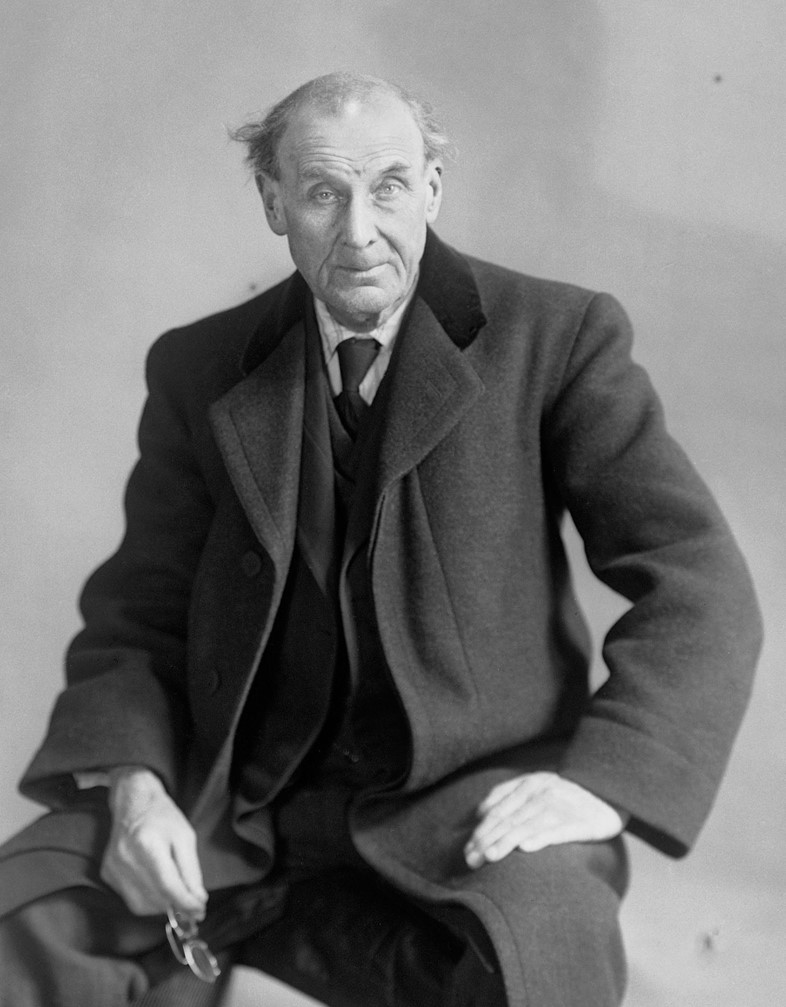
Eugene Atget was a photographer born and lived in France from 1857 to 1927. He started photography in 1890 using a large wooden-framed camera with the newly invented dry-plates to make photographing in the streets more reasonable than other methods at the time. He was famous for his photo collection “Old Paris” which was part of a more significant Parisian Surrealism movement aimed to show the disdain for the government for destroying old medieval buildings in Paris to modernize the city.
Eugene Atget is so important to street photography because he is regarded as the father of street photography. He may not have been the first photographer to go outside the studio to take pictures, but he was the first to outline what we now consider street photography. What I can take away from his work is the way he captures buildings and architecture in a way that shows the building’s characters while also evoking emotions through the context of the photos.
example: Old Paris Through the Lens of Eugène Atget · Lomography
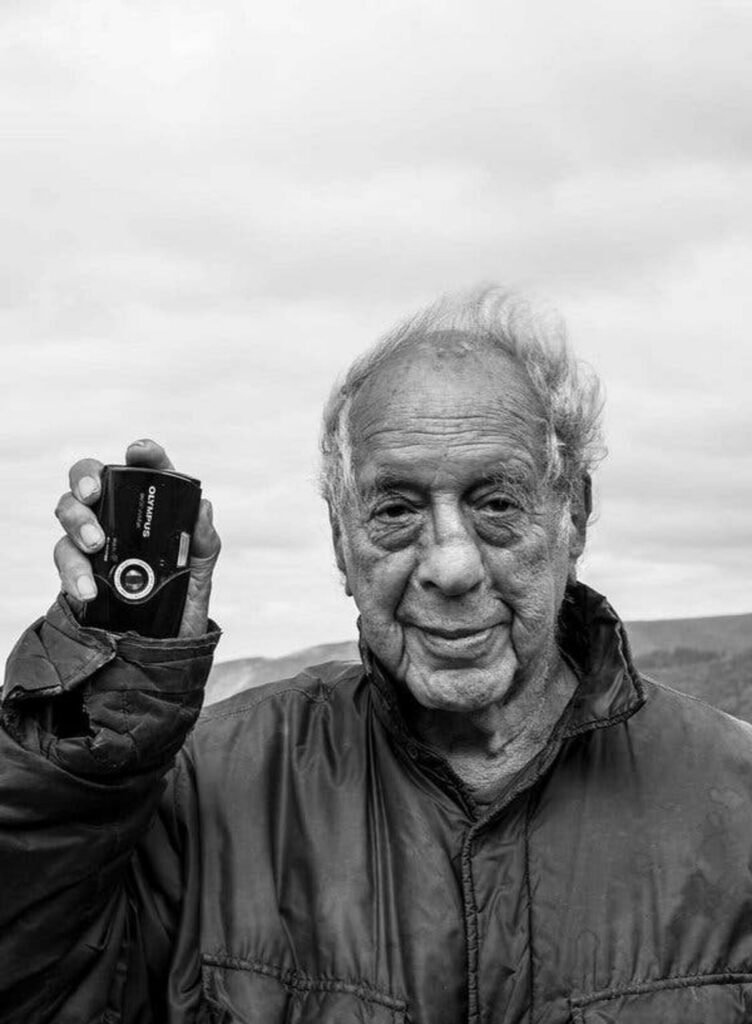
Robert Frank was a photographer born in Switzerland in 1924. He lived in America until he died in 2019. He started photography at a very young age, leading him to pursue it as a career, which led to his move to America in 1947. He worked at editorial offices before finally venturing on his own around America. His most notable work is his book “The Americans,” which depicts the economic, cultural, racial, and geographical aspects of America from the eyes of a foreigner. Robert Frank was not part of a movement, but his photos did show life at its core, not coating over anything.
Robert Frank’s photography was influential in changing how photography can be used not to show all the good in things but the bad as well. Many people during Frank’s era used photography transparently with no personal bias toward what they were shooting. Robert Frank depicted America as he saw it as a foreigner who immigrated to America. What I can learn from his work is how to photograph not just objectively but through the perspective of myself or a specific demographic.
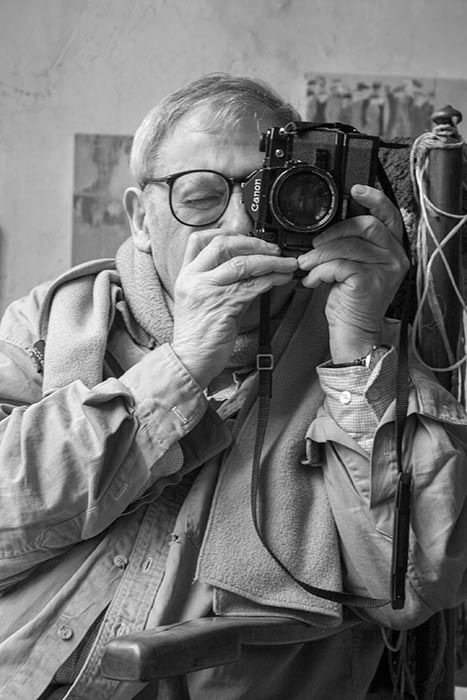
Saul Leiter was a photographer and artist in America. Born in Pittsburg in 1923, he picked up photography as a teenager and later dropped out of college to pursue his passions in New York City, where he died in 2013. He started with black and white film, but in the late 1940s, he experimented with color film. Color film was not widely used, especially in the New York scene, with most photographers opting for black and white. Leiter would capture the streets of the city with vibrant colors and interesting compositions.
Saul Leiter was part of the Abstract Expressionist movement, known as the first American art movement. It aims to depict emotions through art. Saul would photograph everyday scenes with blurs and fragmentations, adding color and reflections. Things I can implement in my own photography that Saul Leiter did was experiment. Not everything has to be the standard. He was a pioneer in not just street photography but in photography not following the standard rules people had set.
example: Color photographs — Saul Leiter Foundation
Three documentary photographers that stood out to me are Jacob Riis, Tim Hetherington, and Corey Arnold. Learning how they photograph in a way to document the cause they are passionate about will help me with my storytelling through photography.
Jacob Riis was born in Denmark from 1849 to 1914 when he passed in Massachusetts. At 21 years old, he immigrated to America, working odd jobs until he landed a job as a police reporter for New York City’s East Side. While reporting on the East side, Riis saw the slums of the city and the horrible conditions people lived in. Riis would speak on the unsuitable conditions people were made to live in, but to show people the condition people were in, Riis learnt photography and started photographing the slums in the late 1880s.
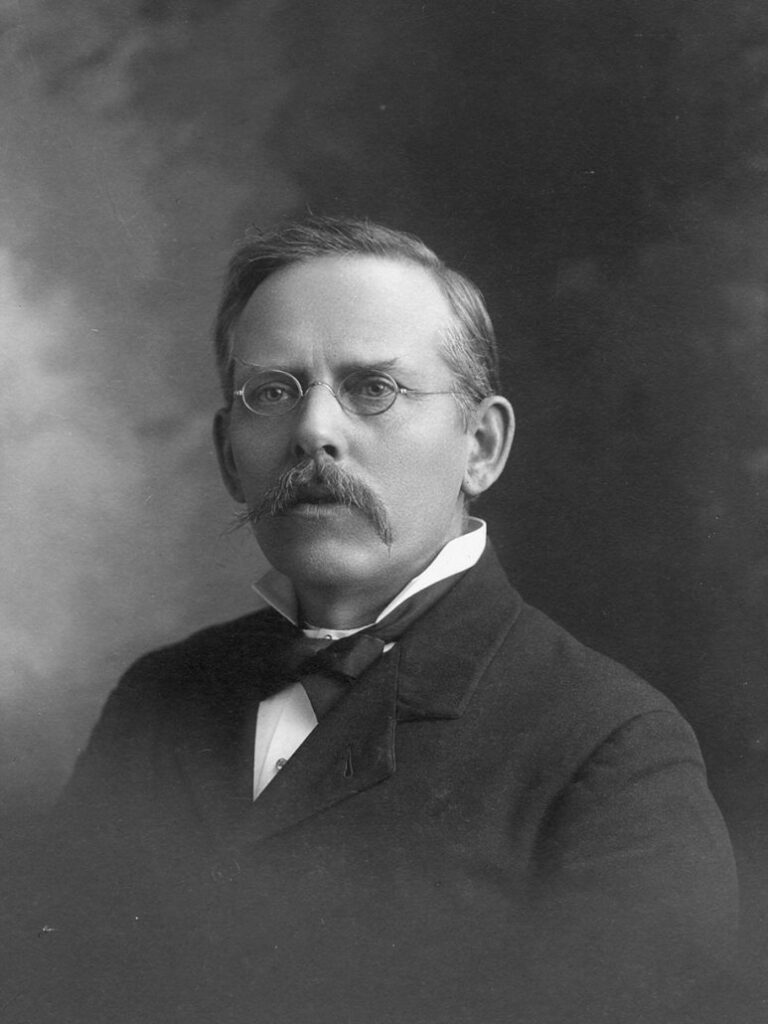
Jacob Riis was part of the Progressive Era, aiming to use photography to expose the consequences of rapid urbanization and industrialization. Jacob Riis’s photography showed everyone the true conditions people lived in and helped pave the way to change in the city. Learning about Jacob Riis and his photography helps me view photography with the mindset of photographing for a purpose not just as a leisurely activity.
example: 33 Jacob Riis Photographs From How The Other Half Lives And Beyond (allthatsinteresting.com)
Tim Hetherington, born in Liverpool in 1970, started his career in journalism and later got a higher education in photography. He began with coverage within England until expanding internationally to cover the violence in Africa. This led him to document the war between America and Afghanistan during 2007-2008. He later documented the conflict in Libia until sadly dying in 2011 due to a mortar attack while photographing there.
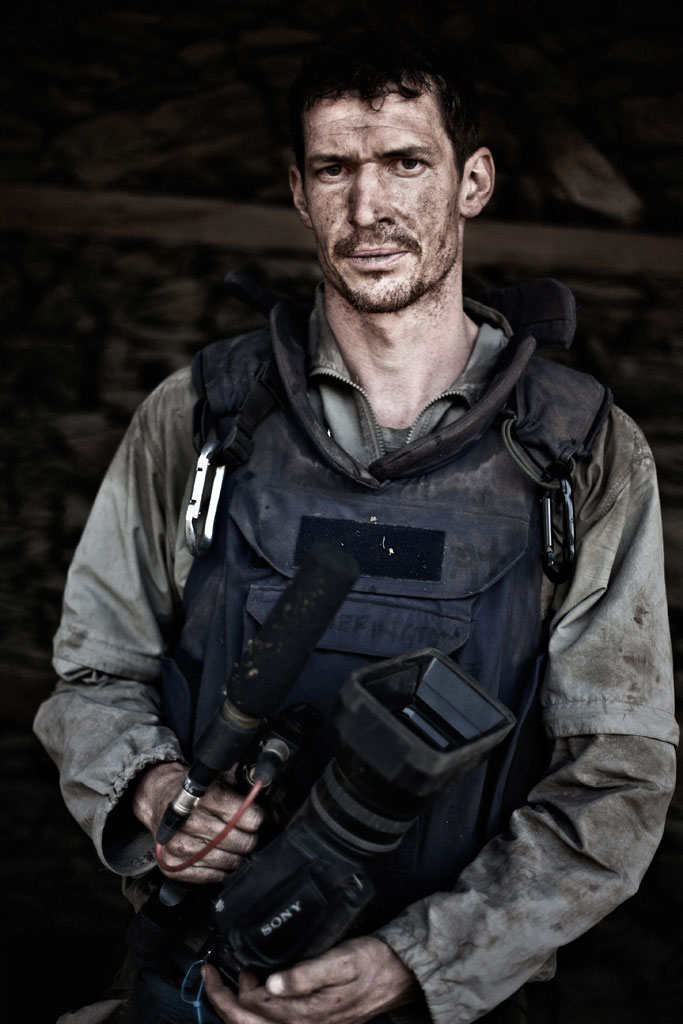
Tim Hetherington’s work was important, showcasing the consequences of the conflict being held. He didn’t photograph much of the battles but how they affected the people around them. I can learn to gain his courage to photograph reality. Even though his work led to his tragic death, we can all learn to respect how he risked his life to show others the truth.
example: Tim Hetherington – a retrospective in pictures | Media | The Guardian
Corey Arnold, born in 1976 in California, grew up fishing and farming with his father. He got a BFA in Photography at the Academy of Art University in San Francisco, California. Arnold decided he wanted to combine his love for fishing with his photography, so he moved up north to work in Alaskan fisheries, documenting the day-to-day life of a fisherman. Arnold wanted to capture the connection between man and nature. He later got jobs with Discovery and National Geographic, documenting his time as a fisherman.
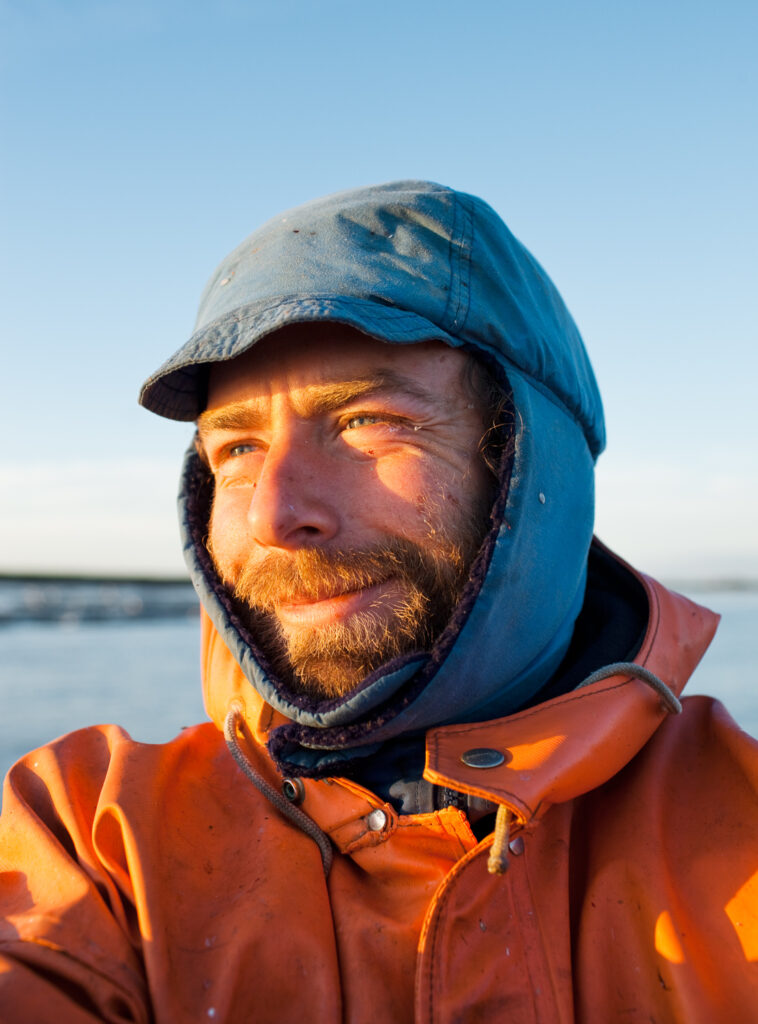
Corey Arnold can combine nature photography with documentary photography, giving viewers a unique perspective on nature. I can learn from his photography to combine my many hobbies and passions into a mix of something new. Being interested in documentary photography but not knowing where to start, Corey gives inspiration to document what you like doing.
example: All Work Archives – Corey Arnold – Photographer (coreyfishes.com)
Studying and researching different photographers who have pioneered and excelled in the genres I want to cover helps me get a head start on where to begin. Their work inspires me to capture the world as they have.
References
27, N., 16, O., 8, J., & 26, J. (n.d.). Photographer and painter. Saul Leiter Foundation. https://www.saulleiterfoundation.org/
About Tim. Tim Hetherington Trust. (n.d.). https://www.timhetheringtontrust.org/about-tim
Biography. Saul Leiter Foundation. (n.d.). https://www.saulleiterfoundation.org/biography
Corey Arnold – Photographer. (n.d.). Corey Arnold – photographer. https://www.coreyfishes.com/
Encyclopædia Britannica, inc. (n.d.). Jacob Riis. Encyclopædia Britannica. https://www.britannica.com/biography/Jacob-Riis
Eugène Atget | Moma. (n.d.-a). https://www.moma.org/artists/229
Hughes, S. (2013, January 18). Tim Hetherington, his life and death. BBC News. https://www.bbc.co.uk/news/magazine-21041645
Magazine, S. (2019, September 10). Photographer Robert Frank, who exposed the alienation and heartbreak of America, dies at 94. Smithsonian.com. https://www.smithsonianmag.com/smart-news/remembering-photographer-robert-frank-who-exposed-alienation-and-heartbreak-american-culture-180973098/
MSN. (n.d.). https://www.msn.com/en-us/music/news/how-john-coltranes-my-favorite-things-changed-american-music/ar-AA1mvpc7
Robert Frank | Moma. (n.d.-b). https://www.moma.org/artists/1973
Robert Frank’s “the Americans”: Timeless lessons street photographers … (n.d.-c). https://erickimphotography.com/blog/2013/01/07/timeless-lessons-street-photographers-can-learn-from-robert-franks-the-americans/
Sigaty, D. (2018, May 1). Eugène Atget: Father of street photography?. Mike’s Camera Blog. https://mikescamera.blog/2018/05/01/eugene-atget-father-of-street-photography/
Tim Hetherington Trust. (n.d.). http://www.timhetheringtontrust.org/
Wikimedia Foundation. (2023, November 20). Corey Arnold. Wikipedia. https://en.wikipedia.org/wiki/Corey_Arnold